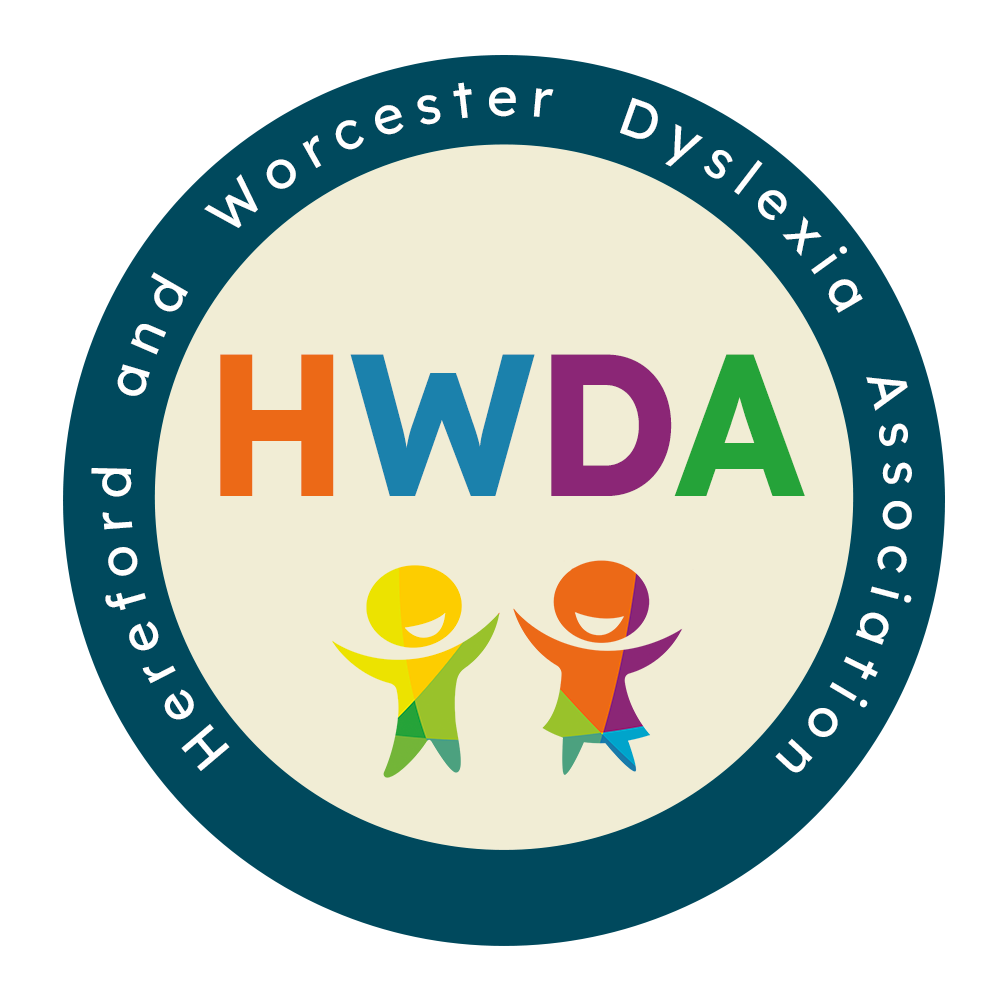Dyspraxia Pathway
The learning support team Worcestershire has recently updated the Dyspraxia Pathway and it is now ready to be used in schools across Herefordshire and Worcestershire.
They have worked with the Children’s Occupational Therapy Service to ensure that pupils with motor co-ordination difficulties are identified and assessed in a timely manner and that appropriate help and support is put in place.
Using the graduated response, schools can continue to gather evidence, so that if a further referral to OT is required, evidence of the strategies already used can be provided.
You can find the Dyspraxia Pathway on the parent area of the HWDA website.
As part of the pathway process information is gathered from the young person and parents to gain a full picture of how difficulties are impacting everyday life.
The NHS guidance on Developmental Coordination Disorder (dyspraxia) in children is a useful starting point:
Overview
Development co-ordination disorder (DCD), also known as dyspraxia, is a condition affecting physical co-ordination. It causes a child to perform less well than expected in daily activities for their age, and appear to move clumsily.
Symptoms
Early developmental milestones of crawling, walking, self-feeding and dressing may be delayed in young children with DCD. Drawing, writing and performance in sports are also usually behind what is expected for their age.
Although signs of the condition are present from an early age, children vary widely in their rate of development. This means a definite diagnosis of DCD does not usually happen until a child with the condition is 5 years old or more.
Dyspraxia or DCD
Many people in the UK use the term dyspraxia to refer to the difficulties with movement and co-ordination that first develop in young children. This term is used lest often by health professionals.
Instead, most healthcare professionals use the term developmental co-ordination disorder (DCD) to describe the condition.
On our website hwda.org.uk under the parent area you will find an introduction to dyspraxia in a video format and the NHS overview of Developmental co-ordination disorder (dyspraxia).
Inclusion Conference
There is an inclusion conference in Worcestershire on June 18th for teaching professionals, where a workshop session will be taking place on using the Dyspraxia Pathway, to identify and support pupils with movement difficulties.
Simple Strategies
Children with dyspraxia can be helped in the classroom with some simple strategies, often free including:
Sitting at the front facing the interactive whiteboard.
Giving homework out at the beginning of the lesson, not the end.
Having a locker or drawer at the end of the row where there’s more room.
Keeping the space around the interactive board plain and uncluttered.
Allowing people time to process any questions before responding.
(Cathy Parvin, 2020 advisor on The Dyspraxia Foundation Educational Panel).
The Dyspraxia Foundation
Further help and support can be found at: dyspraxiafoundation.org.uk
The Dyspraxia Foundation is a national charity offering support and information about dyspraxia. They are committed to enabling individuals with dyspraxia and their families. The Dyspraxia Foundation want to encourage and support them to achieve their full potential. Their focus is on raising awareness and breaking down barriers in education, healthcare and employment. They do this through providing information and advice, professional resources, community support and advocacy and awareness.

